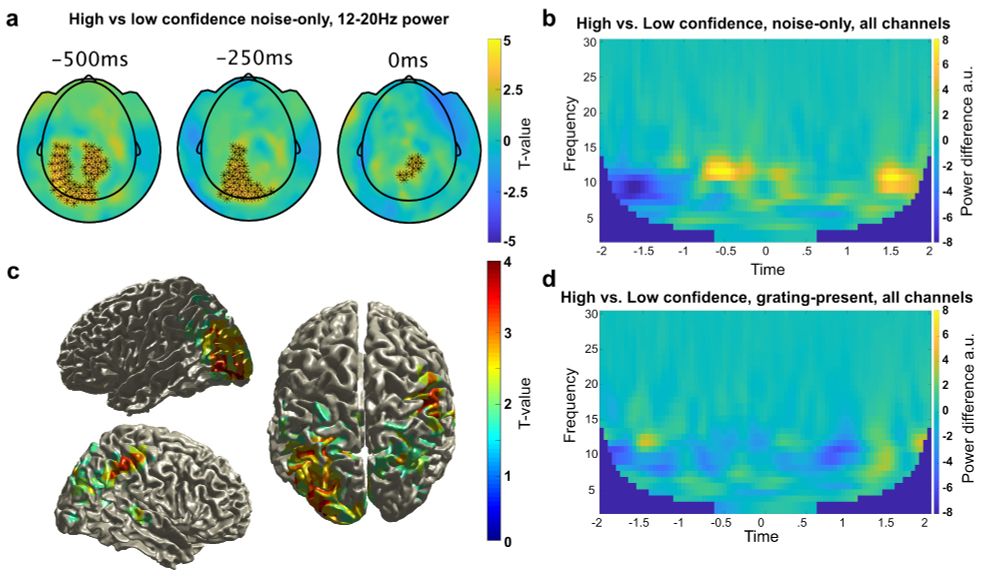Girl Dad











Emily Thomas
&
Clare Press
(2023). tinyurl.com/nprsw5yb tinyurl.com/45rvyfyj

Emily Thomas
&
Clare Press
(2023). tinyurl.com/nprsw5yb tinyurl.com/45rvyfyj




